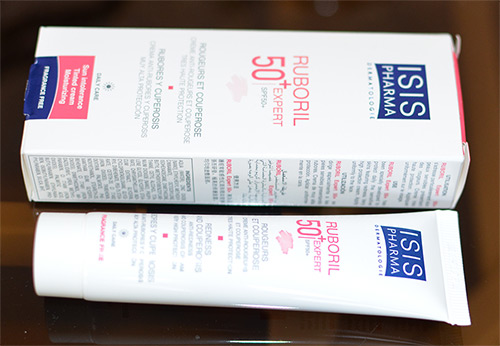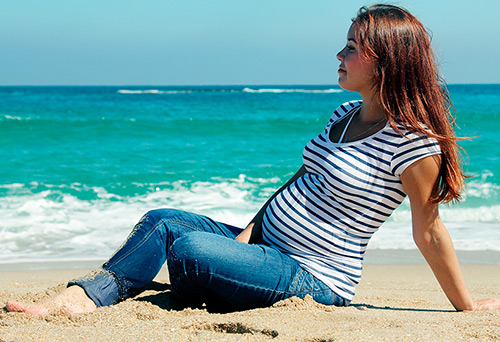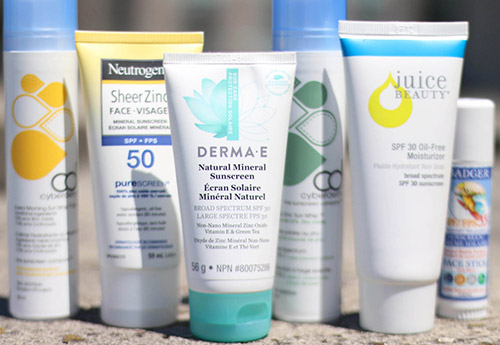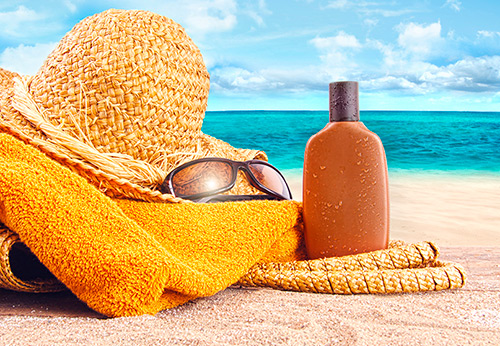Cosmetics and makeup
Choosing sunscreen for the beach and solarium
Summer comes, and with it the sun shines brighter and a tan appears. It suits someone very well, but makes someone older. Therefore, you should foresee everything and think about the availability of sunscreen or tanning cosmetics. The summer sun finds some even indoors, while others, no matter how hard they try, but they can't get a tan (it's easier to burn).
But each of us should know that ultraviolet rays, penetrating the body through the skin, dry it out excessively, which means that the aging process is accelerated. On the other hand, during the winter period, we did not receive additional ultraviolet rays, and vitamin D in our body was produced in insufficient quantities. And this vitamin, as you know, is necessary for the body - vitamin D helps to use calcium, and the state of blood and bones depends on their joint work.
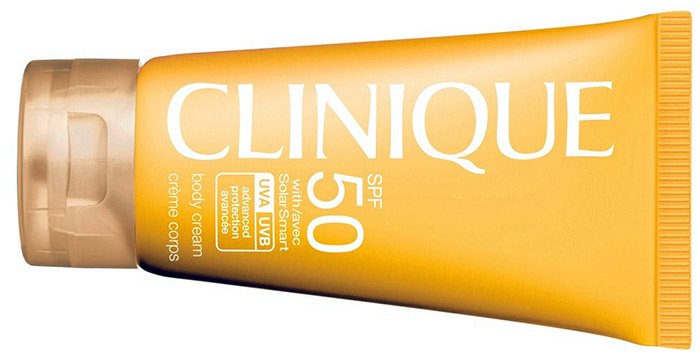
Sunscreen protects against ultraviolet rays such as UVA and UVB. UVA radiation does not cause burns or redness, but it does contribute to the appearance of age spots or freckles, as well as other signs of aging. Windows in buildings do not interfere with the penetration of UVA rays. UVB radiation causes burns, redness, and even malignant neoplasms. That is why it is necessary to use sunscreen from childhood, as children spend more time in the sun in summer than most adults.
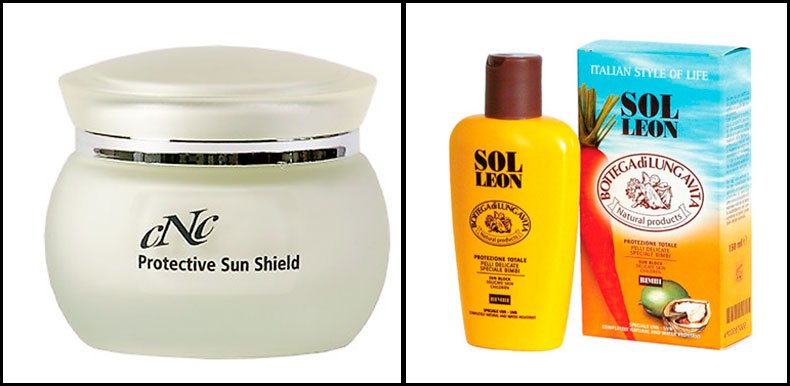
Sunscreen - Degree of protection.
The degree of protection of the cream is indicated by the letters SPF (Sun Protector Factor) and numbers from 15 and above. What do the numbers mean? If, as it is assumed, the skin without protection can turn red after 15 - 20 minutes, then sunscreen with the number 15 will increase this period by 15 times, in other words, the skin will be under its protection for about 5 hours. In addition to increasing the duration of sun exposure, the cream blocks 93% of UVB rays. Accordingly, for 30 - 97%, for 50 - 99%.
In the event that you are outdoors all the time (work, tourism, sports), it is better to use water resistant or very water resistant creams. You need to know that water-repellent sunscreens are sticky and stain clothes, it is difficult to wear them apply makeup... But there is no cream that protects 100% from UVB rays yet.
Even when it is cloudy in summer, the sun hid behind the clouds, nevertheless, 40% of the solar radiation reaches the surface of the Earth and it is imperative to use sunscreen.
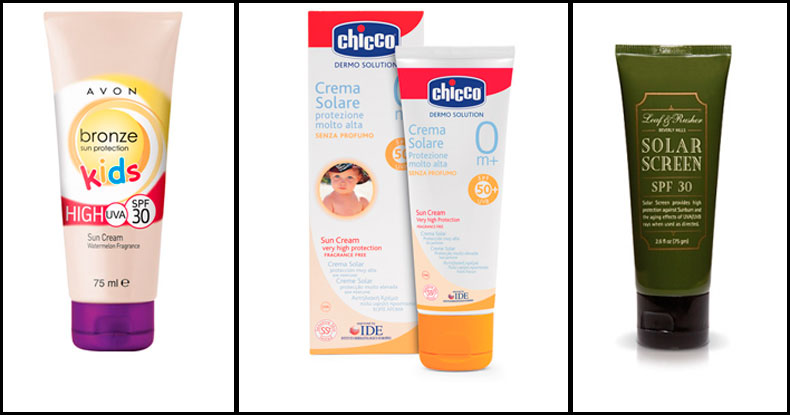
Sunscreen in the sun and in a solarium.
Please note that sun tanning products are different from tanning products. Cosmetics for sun tanning with SPF-factor block the penetration of ultraviolet rays through the skin and, therefore, prevent the production of vitamin D. But this vitamin can be obtained with food (milk, fish, eggs, orange juice).
On the other hand, in the solarium, the intended tanning products, on the other hand, promote the penetration of ultraviolet rays.
And so - sunscreens are needed. Which sunscreen is right for you?
It depends on the phototype of your skin.
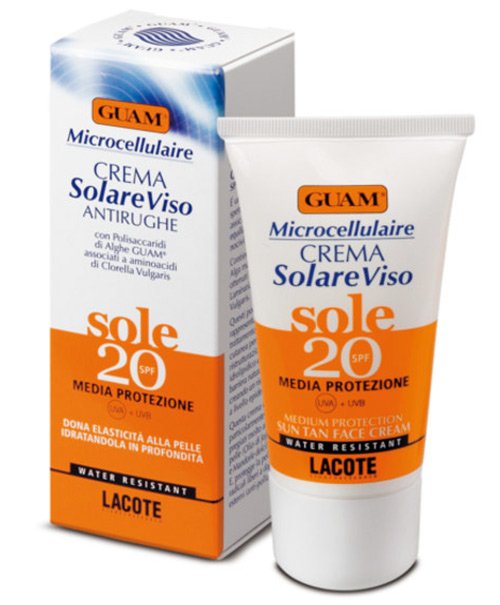
Six phototypes of skin:
1 - blue-eyed blondes and redheads. It is easier for these people to burn out than to get tanned.They just recommend SPF-60 sunscreen and stay in the sun as little as possible, and it is better not to sunbathe at all.
2 - the same hair color but brown or gray eyes. Everyone has a risk of being burnt, but they are somewhat less than that of the first phototype. In the early days, sunscreen can and should be used the same, that is, SPF-60 and UVA-16, and in subsequent days the degree of protection may be slightly lower - up to SPF-20.
3 - brown hair, dark eyes, light skin (maybe not very light). These people tan quickly, but still, in the first days it is necessary to use a sunscreen with the maximum degree of protection, and in the following days with SPF-15.
4 - black hair, dark eyes, dark skin. Like the third phototype, these people tan quickly and evenly, but SPF-6 sunscreen is still recommended.
5 - black hair, black eyes, very dark skin. Their skin is sufficiently protected and hardly burns at all, but sunscreen with the lowest degree of protection can be used to moisturize it somewhat.
6 - Africans and that says it all, i.e. their skin does not need UV protection, but a moisturizer can be used.
How to use sunscreen?
Try to apply sunscreen the first time before going to the beach so that it has time to be absorbed. Then, already on the beach, you will need to apply it after the third or fourth bath. You can, of course, buy a water-repellent cream, but after bathing you have to use a towel to wipe off the remains of the cream, so you will have to apply the cream after each towel wiping. If you are in the sun, but not swimming, the protection of the cream lasts up to two hours. It is better to apply the cream in a thin layer. In this case - the more the better - the system doesn't work. What parts of the body should I apply to? Of course, attention should be paid to the most prominent parts: nose, shoulders, chest.
Some more information on sunscreens.
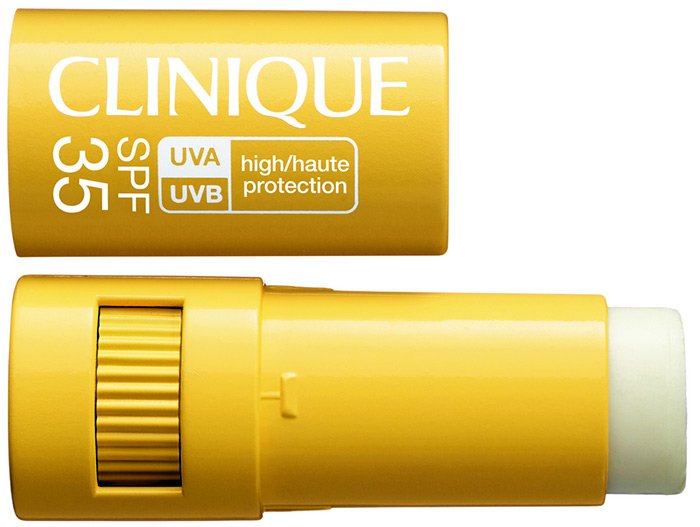
Sunscreen stick for delicate lips, eyelids and ears
For children, the degree of protection should be the greatest, and it is better not to put babies under the age of 6 months in direct sunlight and do not use cream.
Girls with delicate white skin, as well as with freckles or moles, prolonged exposure to the sun is dangerous. Moles are known to be risk factors for the development of cancerous tumors. Many skin conditions are associated with sun exposure before the age of 18.
If you eat more fruits and vegetables containing vitamin C in the summer, then this will be an additional protection from the harmful effects of sunlight.
If you haven't used sunscreen before, start today. You can even restore, i.e. improve skin condition.
When you buy sunscreen, look not only at the expiration date, but also that it is designed to protect against UV A and UVB rays.
Sunscreens sometimes contain components:
para-aminobenzoic acid (PABA) - moisturizes and regenerates the skin;
titanium dioxide and zinc oxide - these components neutralize the full spectrum of UVA rays; Anthranilate protects against both types of UV rays.
Take care of yourself and remember, it is better to use sunscreen than to try various expensive creams for wrinkles, which do not always give us what we want from them.
[media = https: //www.youtube.com/watch? v = sfkBVpmv-4c]
Sunscreen for mystyle.decorexpro.com/en/ Magazine
Comments and Reviews
Add a comment
Rating news
Shades of clothing that make women look younger
What shades of hair make women younger: rules and photos
Funny wedding dresses - photos and ideas
12 most expensive down jackets for the winter
How to look 25 at 40: tips from supermodels
Beautiful schoolgirls
Anti-aging haircuts and hairstyles for women
Fashionable skirts for autumn and winter
Fashionable women's trousers for the cold season
Fashionable and stylish sandals for summer 2024
Spring-summer 2024
 Fashionable dresses and tops with thin spaghetti straps
Fashionable dresses and tops with thin spaghetti straps
 Bandana tops: how to wear stylishly and beautifully
Bandana tops: how to wear stylishly and beautifully
 How to put together the perfect men's wardrobe for the summer
How to put together the perfect men's wardrobe for the summer
 Trendy shorts for spring-summer 2024
Trendy shorts for spring-summer 2024
 Fashionable skirts for spring-summer 2024: a guide to online shopping
Fashionable skirts for spring-summer 2024: a guide to online shopping
 The most fashionable dresses spring-summer 2024: styles and colors
The most fashionable dresses spring-summer 2024: styles and colors
 Fashionable total look 2024: image ideas and trends
Fashionable total look 2024: image ideas and trends
